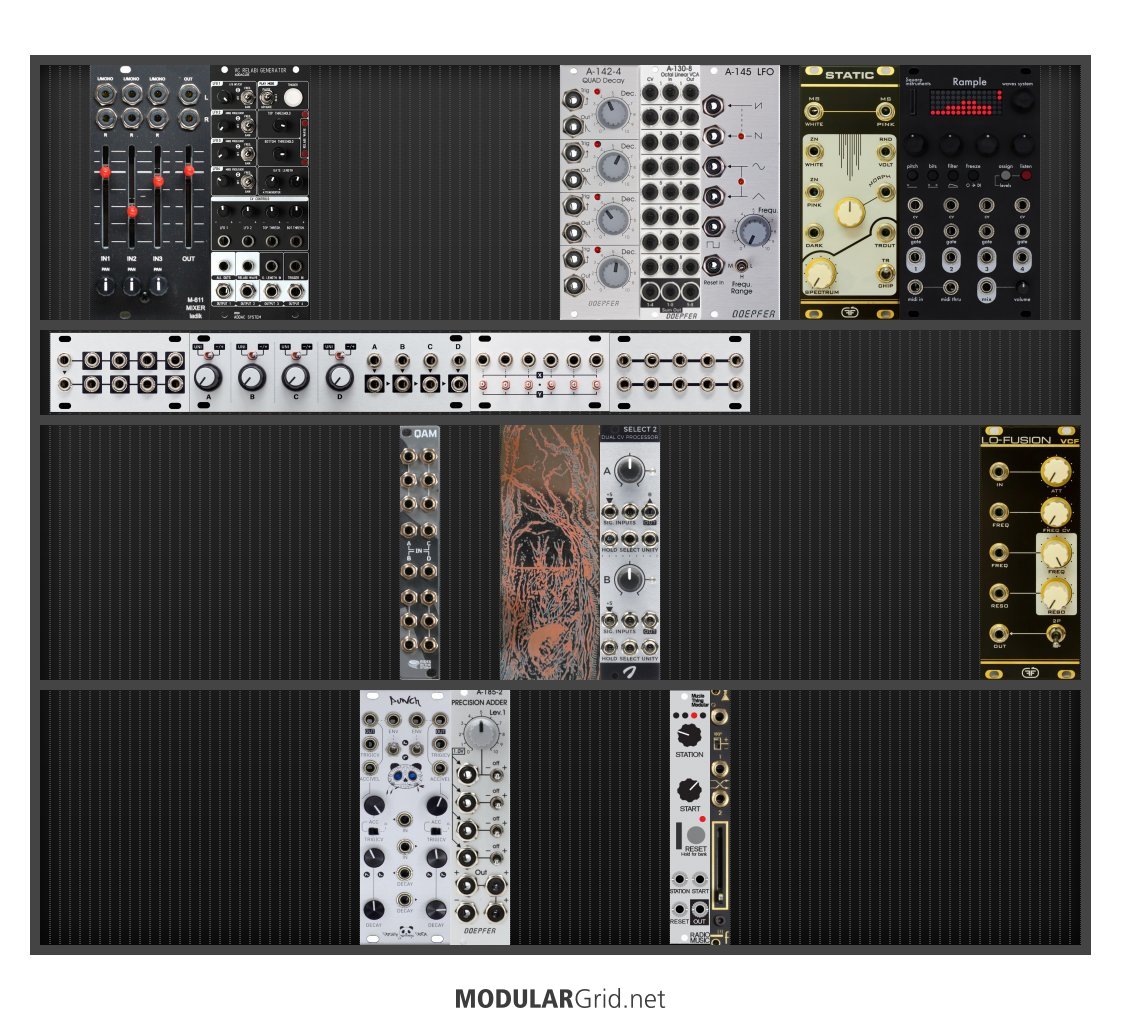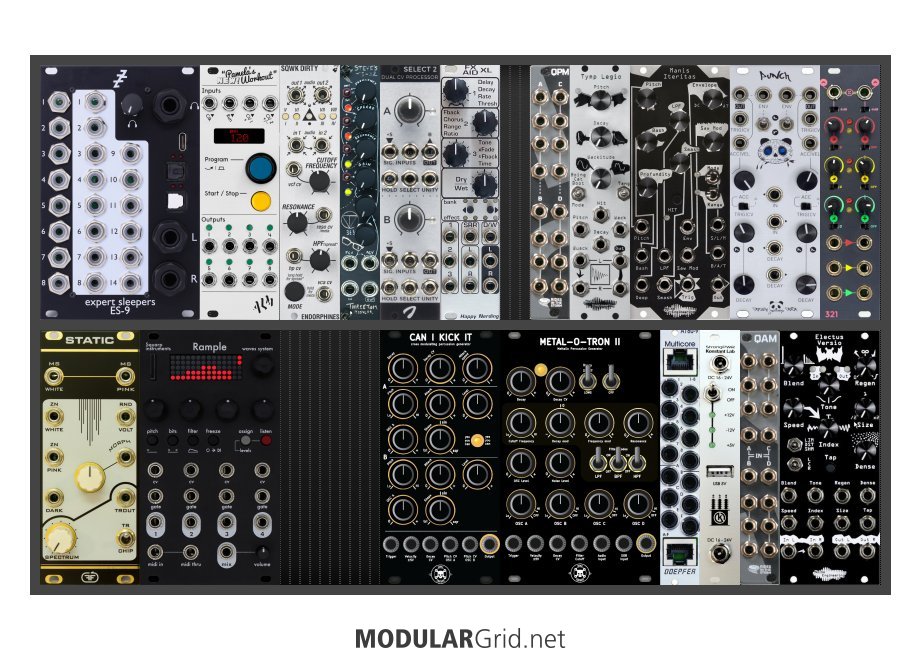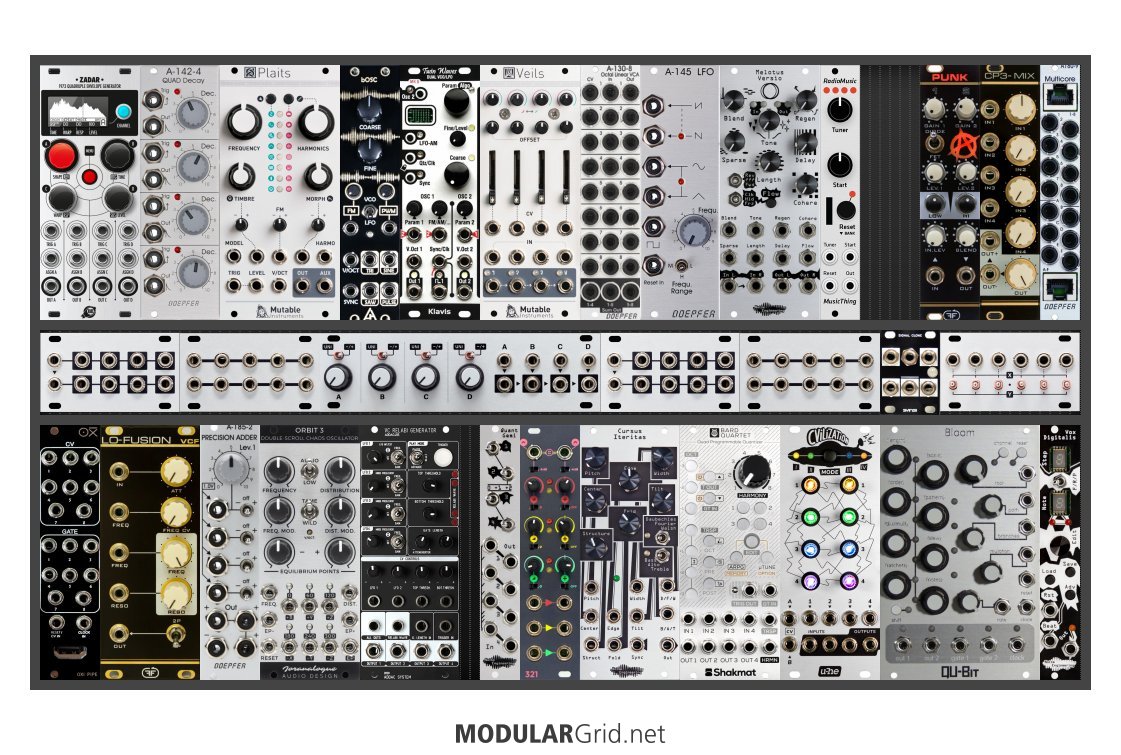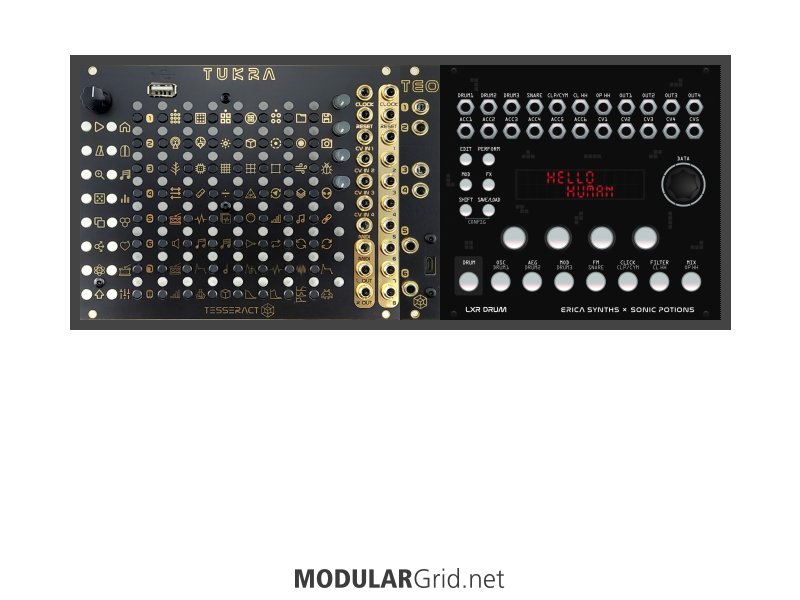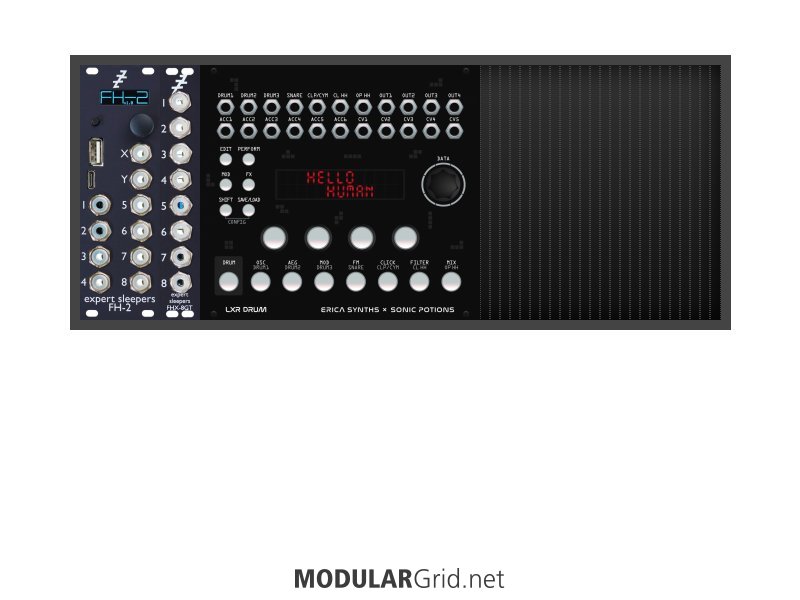can't get money back from the memories of the travel you used to spend the money on!!!
Kind of correct and I don't want to argue - but I can tell you my very extensive travel has shaped me as a person, which is obviously hard to put into monetary terms. Music is doing that, too, actually.
7u 104hp IS small - I have about 1800hp (not all filled) and sacguy77 has a decent sized rack too
Haha, I know! I'm so much behind but at this rate (full 7U 104hp in 4 months) I'll catch up with you in 3 years
screw them to the wall? put a desk in the living room/attic/cellar for the wife to work at?
I could box the Argon 8X that I'm not really using and set them up there. And anyway - room arrangements aren't done yet here. Heck, we don't even have doors yet!
I have no idea how many patch cables (I lost count at 300) or types of them I have...
screws - just get knurlies, they're great
-- JimHowell1970
This was very firmly tongue in cheek, of course. I have knurlies, too. Well worth the money. As for patch cables - if I would allow it to enter my mind, it would drive me crazy. There's such a variety in how they feel, bend, enter the jacks, ... I rather marvel at it in awe at how diverse this crazy hobby is rather than fret about it.
If I worried about minutiae like that, I'd probably not get any work done. Just learn to step back from the gear when the mind starts to wander, and toy with the same idea as a "thought experiment" until you get focused again. Composition's pretty kickass when you find yourself whipping tracks out at a fever pitch...but it takes quite some time to get to that point. Even so, over time you find that the superfluous shit becomes less distracting as your musical output grows. Equipment's one thing, but never underestimate the power of your own brain to sort things out.
-- Lugia
I must have been very convincing :-) I thought this was a sarcastic thread, as we all clearly love modular, and decided to join in!
I'm pretty happy with my rate of working. I've been having pretty complex ideas for sounds and I find that I can patch them fairly quickly, building up the track as I go along. Sometimes, my youngest son is scared in bed and wants somebody to lay down with him. I use that time to work out patches or song structure.
I have a thread with a few other people on gearspace where we exchange new tracks every day, which helps keep up the tempo. Modular is the best thing that happened to me in music.


